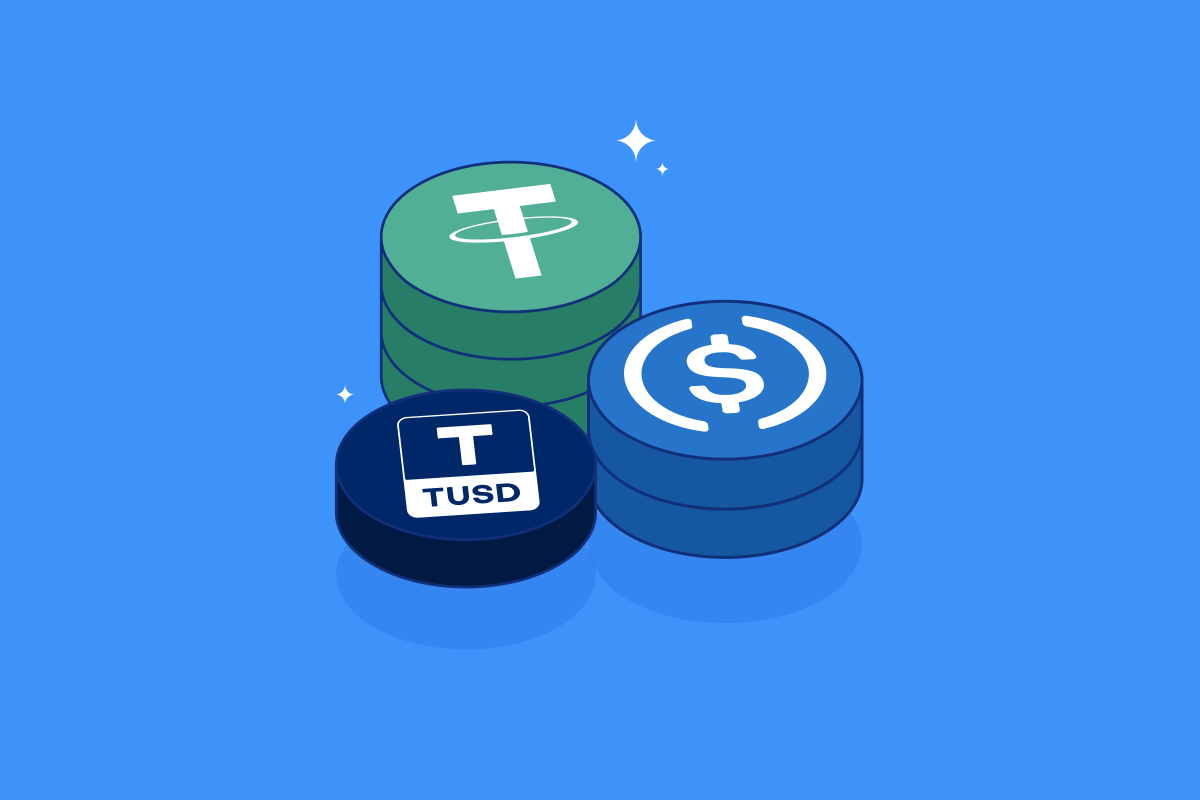A **51% attack** refers to a potential attack on a blockchain network in which a single entity or group gains control of more than 50% of the network’s mining or validating power. This dominance enables the controlling party to manipulate the blockchain in various harmful ways. It is a critical concern within decentralized networks due to its implications for the integrity and security of cryptocurrency systems.
In the context of proof-of-work cryptocurrencies, miners contribute computational power to solve complex mathematical problems and validate transactions. The following points illustrate the mechanics behind a 51% attack:
There are several variations of 51% attacks that can manifest depending on the blockchain technology in use:
The ramifications of a successful 51% attack can be severe, affecting both the cryptocurrency involved and the broader ecosystem:
Various methods can be utilized to mitigate the risk of 51% attacks in blockchain networks:
There have been notable instances of 51% attacks in various blockchain networks:
The **51% attack** remains one of the primary vulnerabilities associated with blockchain technology, especially among those that rely on traditional proof-of-work consensus mechanisms. Understanding the nature of 51% attacks is crucial for developers, investors, and users alike to ensure the integrity and security of their digital assets. Ongoing advancements in blockchain technology continue to research and develop new methods to prevent such attacks, striving to enhance the resilience of decentralized networks against potential threats.



Knaken Cryptohandel B.V. has applied for a MiCA license from the Netherlands Authority for the Financial Markets (AFM). This application is currently being assessed by the AFM.
Investing in crypto-related products involves significant risks.















